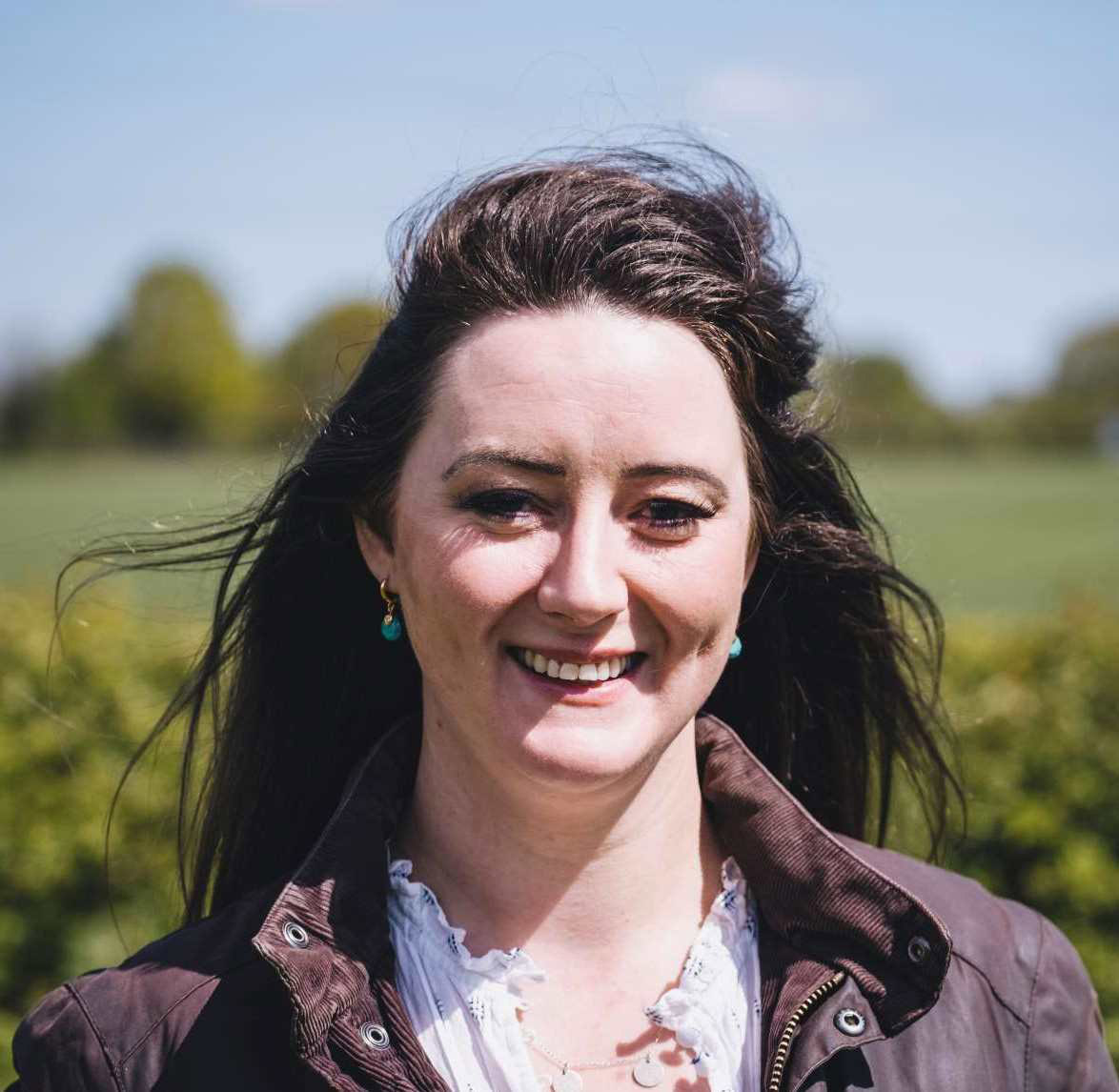Blog: Unlocking future farming potential
Thursday, 30 June 2022
AHDB along with APTF has contributed towards the compilation of a new handbook to help provide information on alternative business models to unlock future farming potential. Here design and content manager Kelly Seaton talks us through how joint venture farming arrangements can benefit your business.
With such a turbulent few years behind us and uncertainty ahead, agriculture is facing a period of adaption. In England, the biggest change is in the shift from BPS which will require most businesses to pause and assess options for the future and potentially make changes to how they operate.
Changing your business model is a big decision. If you are a landowner, the decision may be the result of needing to change or plan for the future. If you are farming operator, you may be looking at ways to enter the industry or expand an existing business. There are a wide range of options open to you depending on your situation, including traditional lettings to a range of joint ventures or profit share business models.
According to DEFRA’s 2016 Farm Structure Survey, only 2% of agricultural landowners are aged under 35 years old. This means that, as an industry, we have huge potential to encourage younger people to take up farming. However, as we are all aware, the current situation is feeling more uncertain than ever, and this alone has a negative impact on the future workforce and attracting people into the industry. Providing opportunities to new entrants or young people already working in farming has a great deal of impact, helping them see agriculture as a career and business opportunity with a future and potential for growth.
One of the most traditional forms of collaborative farming business models has to be the grazing licence which remains a tried and tested way for new farming entrepreneurs and landowners to achieve great benefit from a collaboration. In many cases it is advisable to collaborate in this way before entering a more formal and long-term arrangement such as a tenancy, contract farming arrangement or shared farming arrangement.
In the UK, we have seen an increase in popularity of the share farming model which has had a great deal of success in other countries such as New Zealand and America. Share farming arrangements and tenancies are an excellent way to reward staff commitment, encourage new entrants and collaborate assets. It also allows landowners and farmers to maintain a level of production and income from their land with fewer inputs from themselves.
A great benefit of a collaborative farming approach is bringing together varied skill sets and utilising one-another’s strengths. Sometimes the contributing skills may be experience or physical ability. In some cases, it may be that a beef or sheep farmer requires grazing, and an arable farmer requires land fertilisation, so they form an agreement whereby these elements are traded.
I spoke to Dan Lovatt, co-director of Oldford Farms about his experience collaborating with John Furnival in an equity share business as a limited company. Dan, a pig farmers son, loves all things livestock but fell in love with the dairy cow and a milk from grass approach. He worked away in New Zealand and returned with experience and knowledge to enable him to bring the Equity Share farming model to the UK.
While Dan is aware that luck played a hand in his ability to grow such a remarkable business, that in no way takes away from what has been achieved in a relatively short period of time. On arriving back in the UK age 25, Dan had £900 in his bank. He worked for John for a year and was rewarded with the opportunity to purchase a 6% share in the business age 26. This has grown over the years and opportunity has arisen to enable Dan to reach 50% share ownership in a 1,100-cow business, 25% share in a 400-cow business and another 40% share in another 400-cow business. This is what Dan said when I asked his opinion on equity share farming:
“With the future of land prices and aging farming community it’s the way forward. If you combine the capital availability of the landowner with the drive, passion and energy of a young person, the sky is the limit. How many other people could possibly consider the idea of buying a farm by the age of 40, because for me it is a genuine prospect.”
This goes to show how trust has been grown and business relationships nurtured to enable both parties to thrive and achieve together.
For more advice on business models that could improve farm productivity and profitability take a look at the new Business Models to Unlock Future Farming Potential handbook.


